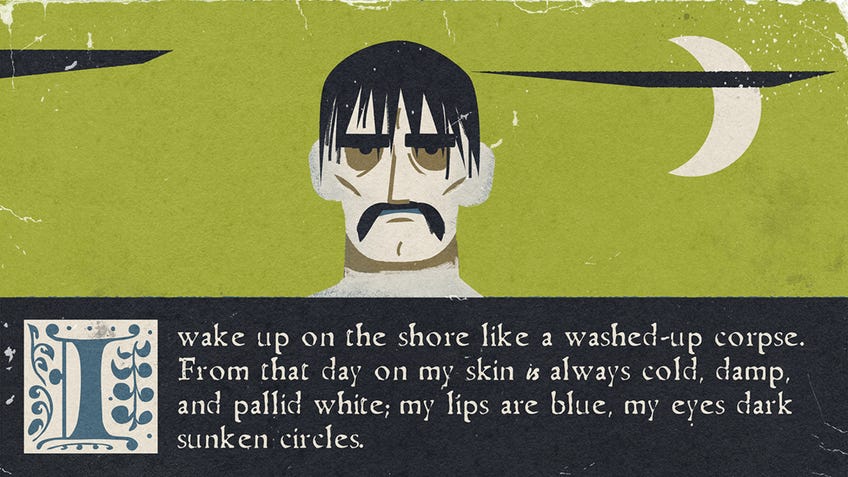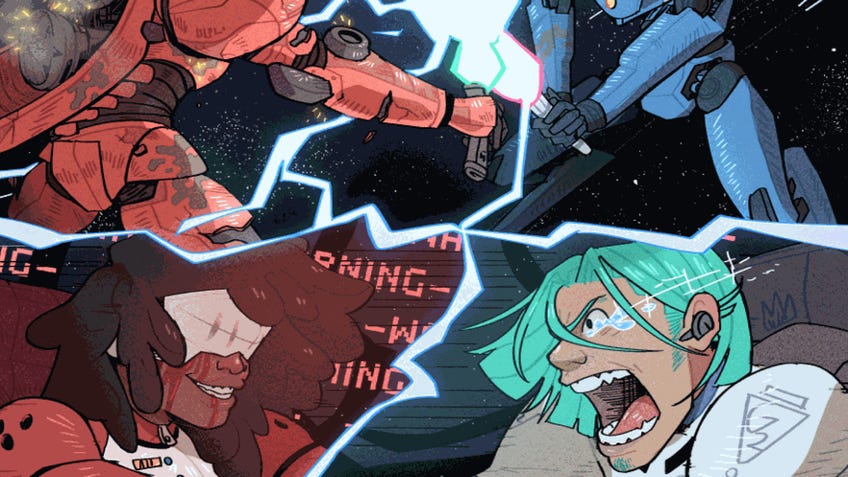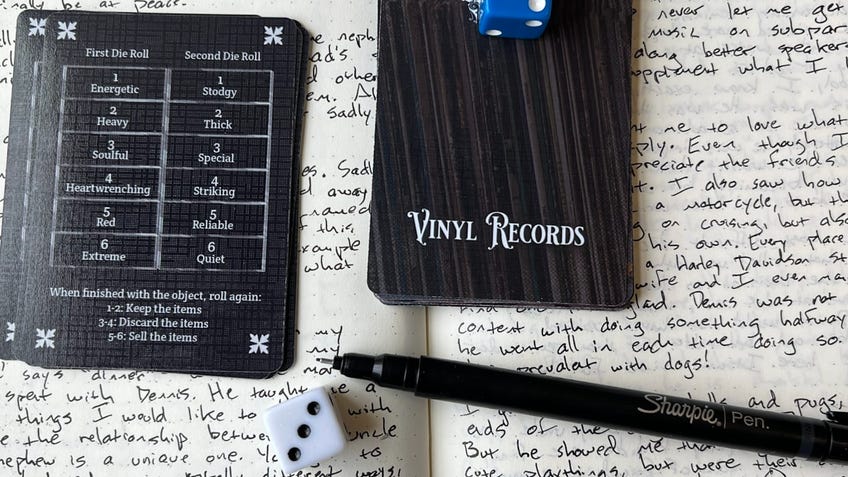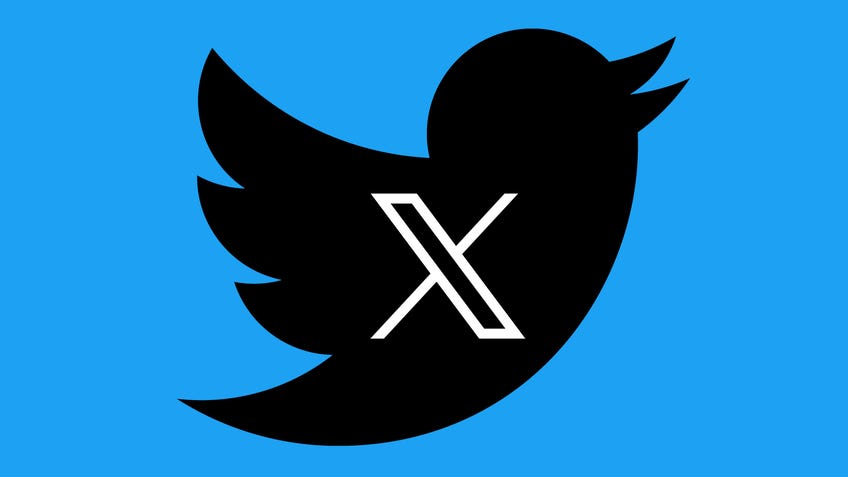Tabletop creators struggle to plot their future amidst Twitter’s still-burning ashes
The death of the bird app at the hands of Elon Musk leaves designers big and small in the lurch.
“We didn't love twitter. We were addicted to it. We felt like we had to be there,” said Tony Vasinda, tabletop RPG designer and head of publishing outfit Plus One EXP, in an interview with Dicebreaker. “It was full of discourse. It was filled with hot takes. It was filled with our friends & enemies.”
Vasinda’s opinion is a common one among tabletop industry members who spoke to Dicebreaker about the imminent death of Twitter - or as close to a death as any internet platform achieves these days. Twitter has been bleeding users since Elon Musk purchased it and immediately began a series of business decisions that nobody but crypto hawkers and Musk diehards appreciated. His latest debacle, inexplicably rebranding the site as ‘X’, seems to have been the final straw for many fence sitters and rueful onlookers.
Twitter’s death strikes a meaningful blow to the smaller creators in the tabletop space, especially those working independent of a co-op or publisher. Runecairn and We Deal in Lead designer Colin Le Sueur said that Twitter functioned as a “primary tool for marketing, networking, finding artists and writers to commission, and also a vital social lifeline. I wouldn’t be where I am in my TTRPG career without the contacts, resources, and friends made on Twitter.”
Travis D. Hill designs small RPGs and train-flavoured board games in his spare time and attributes much of Press Pot Game’s success to Twitter’s particular ability to surface hyper-specific media to just the right people. “The word-of-mouth aspect of twitter can set off a rapid fire rush of support and action that I haven’t found elsewhere yet. All in all, I wouldn’t be the game designer I am without twitter, and I’m worried this indie-focused, DIY model of game design I’ve done over these last 4 years is unsustainable elsewhere.”
We're basically just speedrunning the neoliberal enclosure of anything resembling a public commons, this time with digital spaces rather than physical ones.
Several other independent designers echoed Hill’s sentiment - Twitter was, for all its faults and idiosyncrasies, one of their most reliable tools for marketing tabletop RPGs. Eric Silver, host of actual play podcast Join the Party, claimed podcast listeners habitually used Twitter to discuss and discover audio programs more than anywhere else, providing him and his peers constant opportunities to capture an active audience.
The same was true for more established businesses. Board game designer Heather O'Neill said Twitter allowed players to ask questions directly to designers, who could speak with other designers, publishers and industry figures in turn. Danni Loe, marketing manager at Flat River Games, said sharing and engaging with content on Twitter allowed it to outperform every other social media platform in terms of audience growth.

To understand what the tabletop industry is losing, it’s important to understand its short but tumultuous pre-Twitter history. Before the bird app, designers, publishers and players all commingled on the now-defunct Google+, largely through the social platform’s Circles feature. Still fractured from the shuttering of The Forge forums in 2012, Google+ became an instant haven for discussions, collaboration and promoting upcoming titles.
I’m not entirely sure I want a replacement for Twitter, as I think this whole ordeal has changed how I perceive social media.
Google+ never caught on with a more mainstream audience, and while the tabletop ecosystem lasted well into its final days everyone could see the writing on the wall. According to Vasinda, the second big digital migration in ten years was already underway by the time Google+’s lights went dark. The death of Twitter, by comparison, hits like an executioner’s blade - sudden and final. There is no major alternative already gaining steam in the background. The ship is sinking, the lifeboats are deployed, but no shore has appeared on the digital horizon.
“The real folks being punished by this are the small indie and solo creators who don't have networks, email lists, or any other way to promote their games,” Vasinda said. “Right now this is the group we need to be really intentional about investing in and caring for as creators.”
Many of those small creators told Dicebreaker that one thing they will sorely miss is the sense of community that Twitter offered. The older and more sceptical members of the industry remain critical of calling any part of the flailing platform’s ecosystem as friendly to building community.
“Community is a densely-connected network of people who all know and are invested in each other. By that definition, the spindly, asymmetric connections that happen on Twitter do not form a community, they form a public—or counterpublic, if you want to get Habermas about it,” said Jess Levine, designer of Going Rogue 2E and I Have the High Ground. “I don’t need Twitter to be a community - I need it to be a public where I can shout and strangers can hear me and get interested in what I’m shouting about and walk over and listen. And we might simply be exiting the era of social media that feels like a public.”
Designers big and small attributed their success to Twitter’s ‘town square’ quality, where people might discuss news, hobbies, extremely niche memes and conduct some business all at the same time. The possibility of going viral, or else making that serendipitous connection with a peer or like-minded creative, seemed ever-present. Contemporary platforms also used by most tabletop creators - Itch.io, BoardGameGeek and a handful of popular crowdfunding sites - serve different, if somewhat overlapping functions. Many expressed a smothered, forlorn exhaustion about the immediate future.

“A lot of us talk about how tired we are with it all, now. We just want to make cool stuff for people to enjoy, and not have to rebuild audiences on new platforms every other month,” said Anto Cerrato of Icarus Games. Cerrato watched his Twitter engagement crater by nearly 90% since Musk took over, which directly affected digital sales and external traffic on Kickstarter, YouTube and other sites.
It will be tough bringing in those brand new. It will be more important for word of mouth and outreach at in-person conventions.
“I feel tired. I think a lot of people feel the same way. It's hard to build up good connections and it's exhausting to have to constantly do that on new platforms,” said tabletop RPG layout editor and designer Ennio.
“I am terribly worried that I’m going to lose the main channel I use to promote my work and find new clients, and I feel like I need to find a new place to do so,” said artist and layout editor Jean Verne. “But on the other hand the amount of alternatives is terrifying: should I make videos on TikTok, write blog posts on Substack, get into Tumblr, figure out how Mastodon works?”
Diasporic designers have bottlenecked around the question of what happens next. Some, like Vasinda, are finding success on TikTok thanks in large part to previous experience in video-based marketing. Others have turned to tumblr or Meta’s Twitter replacement, Threads, though the relocation has meant learning a fundamentally new social media language.
The amount of alternatives is terrifying: should I make videos on TikTok, write blog posts on Substack, get into Tumblr, figure out how Mastodon works?
“I've had some success recently on Tumblr by tying in my work to Mobile Suit Gundam: The Witch From Mercury through the use of tags, and I think that will be my best bet going forward; capturing attention by making my work relevant to non-TTRPG interests,” said Austin Ramsay, creator of Beam Saber, which won the People's Choice award in Dicebreaker's Tabletop Awards 2022.
Others, like Verne, can’t help but feel burned by the whole experience. “I’m not entirely sure I want a replacement for Twitter, as I think this whole ordeal has changed how I perceive social media. I definitely feel like moving away from it and the corporations that run them is a healthy thing to do,” he said. “If Twitter disappears for good, I’ll mostly be counting on my newsletter and the ‘release’ channels in all those Discord servers to promote my work.”

Nobody can agree on a one-to-one replacement: Discord allows already existing communities a high degree of interaction but doesn’t grow that audience, Threads is a user privacy nightmare, nobody wants to understand Mastodon and Blue Sky - the top contender for Twitter’s belt - remains a room full of empty chairs with name cards on the seats.
Board games are faring better than their RPG sibling by dint of a relatively thriving market and distribution apparatus - a necessity when your product is almost always physically produced. Still, those in marketing and community outreach positions are feeling the squeeze.
“Luckily, since we are seeing this coming, our industry and those individuals already aware should be fine to land another place,” O’Neill said. “But it will be tough bringing in those brand new. It will be more important for word of mouth and outreach at in-person conventions.”
“No matter where I’ve worked, Twitter has always been the platform I was able to grow the fastest and most consistently. The ease of sharing and engaging with content has always been the biggest benefit to Twitter,” Loe said. “There are additional ways to reach fans: conventions, content creators, Amazon ads. If you are able to do social media well, it is a helpful tool, but it only works in concert with all other marketing efforts.”
The platform formerly known as Twitter isn’t technically going anywhere, but everyone believes that mercurial sense of connection now lies cold in the ground. Those who can afford to divest and step back are renegotiating their relationship with social media, while those who can’t effectively live out of digital boxes and perch anxiously on the verge of flocking wherever players - and thus, customers - migrate.
It was full of discourse. It was filled with hot takes. It was filled with our friends & enemies.
It’s clear that nobody in the tabletop space particularly liked Twitter, but the size of the platform necessitated its ubiquity and so everyone sought out reasons to justify the time and emotional investment. Those who escaped its crumbling edifice and walked into the daylight are now grappling with an uncomfortable question: what if Twitter was the best it could be? What if the halcyon days of online community be recovered or built anew?
“Every platform wants their walled garden, and the VC money that funded the existence of social media platforms that acted like a public is drying up as they realise maintaining what amounts to public infrastructure isn’t profitable,” Levine said. “we're basically just speedrunning the neoliberal enclosure of anything resembling a public commons, this time with digital spaces rather than physical ones. As a creator and a generalist that markets their work online—and in some ways, even just as a person—that’s terrifying.”




